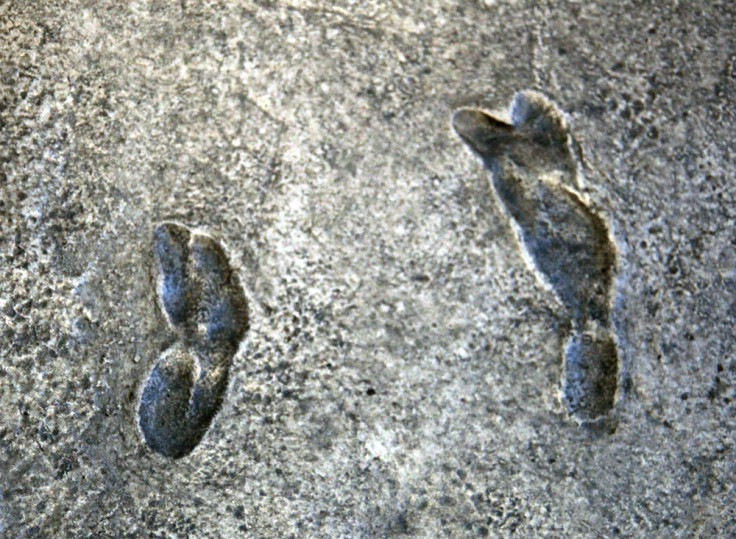Oldest hominin footprints reveal how walking evolved
Laetoli discovery shows ancestors walked slightly differently, with more flexed limbs.

A study of early human footprints discovered at Laetoli, in Tanzania, have yielded new clues about how our earliest ancestors walked. Using novel experimental techniques, scientists have discovered that the 3.7 million years old footprints slightly differ from ours, shedding a new light on the evolutionary history of hominin bipedalism.
The study, published in the journal Proceedings of the Royal Society B, looks back at footprints discovered in 1977 at the Laetoli site.
They represent the earliest indisputable evidence of bipedalism in the human fossil record.
Study author Kevin Hatala, from the Max Planck Institute for Evolutionary Anthropology, was involved in the discovery of more recent footprints in Kenya, at the Ileret site. These footprints were left by early humans who lived there 1.5 million years ago. This find prompted Hatala to go back to Laetoli to analyse and compare the footprints left there.
"We wanted to compare the footprints found at Laetoli with modern footprints, and we developed and used new methods to understand how the bipedal gait of these hominins that lived 3.7 million years ago compared to the type of gait that we see in humans today", he told IBTimes UK.
Studying bipedalism in footprints
The study is based on experimental techniques, using chimpanzees and a group of modern human participants who grew up bare-footed in northern Kenya. The aim was to assess how their footprints compared with those of our earliest ancestors at Laetoli, and understand, mechanically, how the gait of the fossil hominins may have been similar or different.
Hatala and his colleagues Brigitte Demes and Brian G. Richmond filmed the animals and the human participants as they made footprints in the ground. They conducted kinematic analyses of their movement patterns, and measured various aspects of their foot anatomies. They then compared the chimpanzee and human footprints with the Laetoli footprints, investigating how they differed and how movement and posture may have influenced these differences.
The Laetoli footprints appeared to be different to that of modern humans, but to that of chimpanzees as well. "Our analysis shows that the early humans at Laetoli have slightly different footprints than we do, which implies their posture and movements as they walked were slightly different. We find evidence that their limbs were more flexed as their heels touched the ground," Hatala says.
Confirming an Australopithecus hypothesis
In comparison, the footprints left at Ileret are much more similar to the ones modern humans make today. This suggests that gait and posture may have evolved less quickly in the 1.5 million years since the Ileret footprints were made than in the 2 million years before that.
In absence of more fossils found at Laetoli, it is believed that the hominins who left the 3.7 million years old footprints were Australopithecus. The study also serves to reinforce current hypothesis about bipedalism in our very first human ancestors, Australopithecus.
"Our findings match a hypothesis that has been discussed for decades – that members of the genus Australopithecus used more flexed limbs when they walked bipedally. This was hypothesised based on analyses of several aspects of their skeletal morphology, but with our research we now have an alternative, possibly more direct, line of evidence that seems consistent with this theory," Hatala concludes.
© Copyright IBTimes 2025. All rights reserved.






















